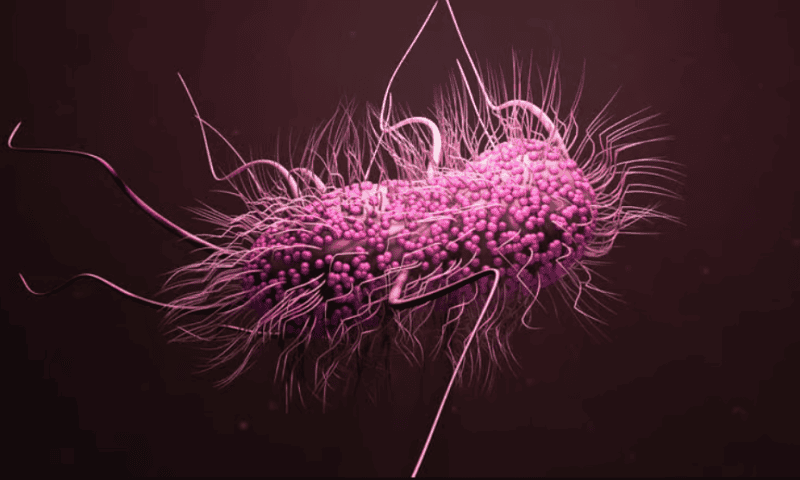A new synthetic antibiotic appears to be effective against deadly drug-resistant pathogens, a timely development in the scramble to find solutions for the growing problem of antimicrobial resistance.
In a research article published Feb. 16 in Science Translational Medicine, researchers from the University of Illinois Chicago and Harvard University described the discovery of cresomycin, which killed off multiple strains of multidrug-resistant bacteria in cell cultures and mice. The teams plan to continue testing the compound with the hopes that it could eventually make it to the clinic or, if not, could lead to different drugs that work in a similar way.
“It’s hard to estimate the potential at this point,” Yury Polikanov, Ph.D., a University of Illinois Chicago structural biologist who co-led the study alongside Harvard chemist Andrew Myers, Ph.D., told Fierce Biotech Research in an interview. “But, at least so far, it looks promising to me.”
Like many existing antibiotics, cresomycin works by targeting a protein-synthesizing organelle called the ribosome in bacterial cells. But it does so in a unique way that allows it to bind more tightly to the ribosome, so that even if the organelle is altered by a bacterium by the addition of compounds called methyl groups—a common path of resistance to ribosome-targeting antibiotics—it will still attach to the binding site and disrupt protein synthesis, ultimately stopping the infection.
While the researchers performed large computational screens of many different molecules to develop one with potent antibiotic effects, its ability to cling so tightly to the bacterial ribosome was something researchers could not have predicted based on structural data alone, Polikanov said.
“We’re kind of shocked to see that this molecule binds to the ribosome so tightly, even with the addition of those methyl groups that should be in the way or interfering with the binding,” he recalled. “But they moved to the side, as if they did not matter much [to the drug] at all.”
That potent binding translated to potent effects against a wide range of multidrug-resistant gram-positive and gram-negative pathogens in bacterial cultures, including ESKAPE bacteria—an acronym for Enterococcus faecium, Staphylococcus aureus (S. aureus), Klebsiella pneumoniae, Acinetobacter baumannii, Pseudomonas aeruginosa (P. aeruginosa) and Enterobacter—pathogens thought to be responsible for most healthcare-acquired infections.
To see how well the drug held up in live animals, the researchers tested it in different groups of mice with systemic infections of S. aureus or local infections of S. aureus, E. coli or P. aeruginosa. In the systemic infections of S. aureus, all of the treated mice survived until the end of the seven-day experiment, compared with just one of the mice in the control group. The drug was also effective against local infections, resulting in several times fewer colony-forming units of all the bacterial strains in the treated mice than in the controls.
The study is significant in a few different ways, Polikanov said. First, synthesizing the compound required the Myers group to develop several “novel reactions,” he said. Second, cresomycin not only inhibits protein synthesis by the bacteria but also inhibits the bacteria themselves—including ones that have developed resistance to many other drugs that act on the bacterial ribosome. And it does all of this in live animals.
“There are a lot of compounds that can inhibit protein synthesis. Very few of those will inhibit bacteria. Out of those few, very few will be able to kill bacteria inside a live animal,” he said. “And almost none will be able to kill multidrug-resistant bacteria in an animal.”
Cresomycin’s ribosome-specific mechanism means it won’t be effective against all forms of bacterial resistance, but it could be a useful tool against the many strains that lead to deadly infections. The researchers are now looking into how feasible it would be to manufacture the components needed to create the molecule—a potentially daunting task, Polikanov explained. Synthesizing small amounts for lab experiments is one thing, but scaling up to mass production is another entirely.
“We uncovered the mechanism of action. We uncovered the way to overcome resistance. Those parts are already known,” he said. “Now comes practical application. You need to develop a way to upscale synthesis first—that can be a very challenging procedure.”
That process will be helped along by a new $1.2 million grant from the nonprofit Combating Antibiotic-Resistant Bacteria Biopharmaceutical Accelerator, or CARB-X, to Myers’ research group at Harvard. Next would come more preclinical research, and then, finally—if all goes well—clinical trials.
“This molecule, at the point we’re at now, could not be more promising,” he said. And even if it doesn’t make it to the clinic, there are still other ways cresomycin could lead to new drugs. “With what we have, who knows? Maybe it will fail,” Polikanov said. “It could fail completely, or there could be spin-offs—perhaps even better derivatives of this one.”

